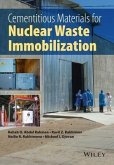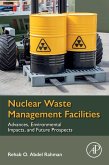Ähnliche Artikel
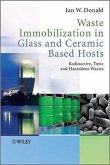
Gebundenes Buch
Radioactive, Toxic and Hazardous Wastes
24. Mai 2010
Wiley
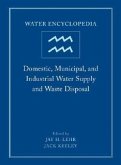
Gebundenes Buch
Volume 1 edition
1. Juni 2005
Wiley
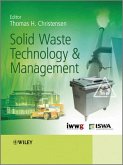
Gebundenes Buch
31. Januar 2012
John Wiley & Sons / Wiley
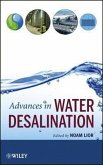
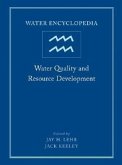
Gebundenes Buch
Volume 2 edition
1. Juni 2005
Wiley
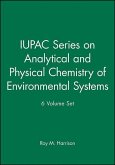
Gebundenes Buch
1. Juni 2008
Wiley
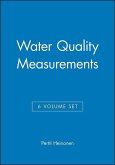
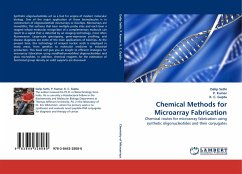
Broschiertes Buch
Chemical routes for microarray fabrication using synthetic oligonucleotides and their conjugates
11. April 2011
LAP Lambert Academic Publishing
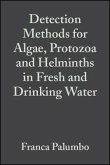
Gebundenes Buch
26. April 2002
Wiley
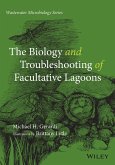
Ähnlichkeitssuche: Fact®Finder von OMIKRON

